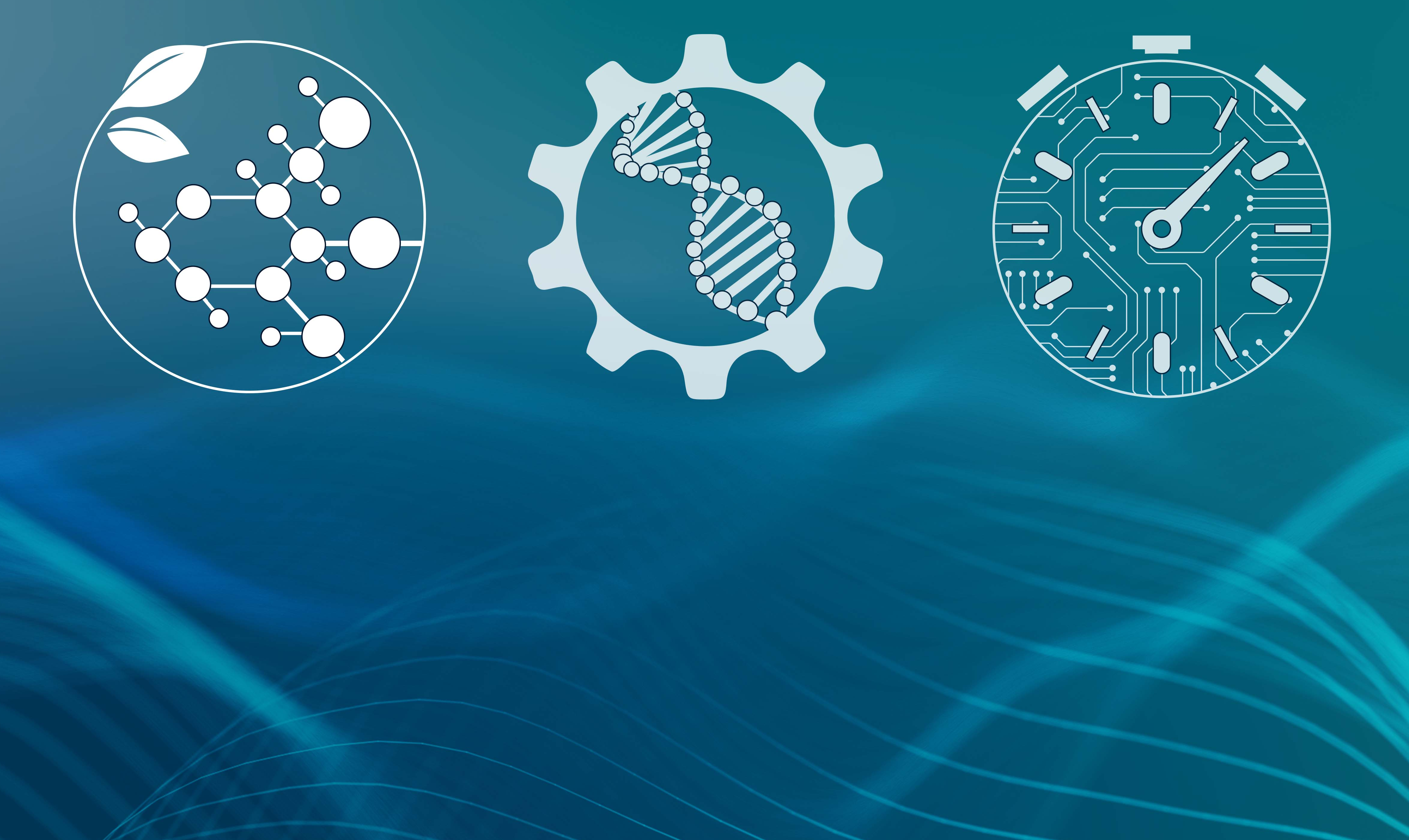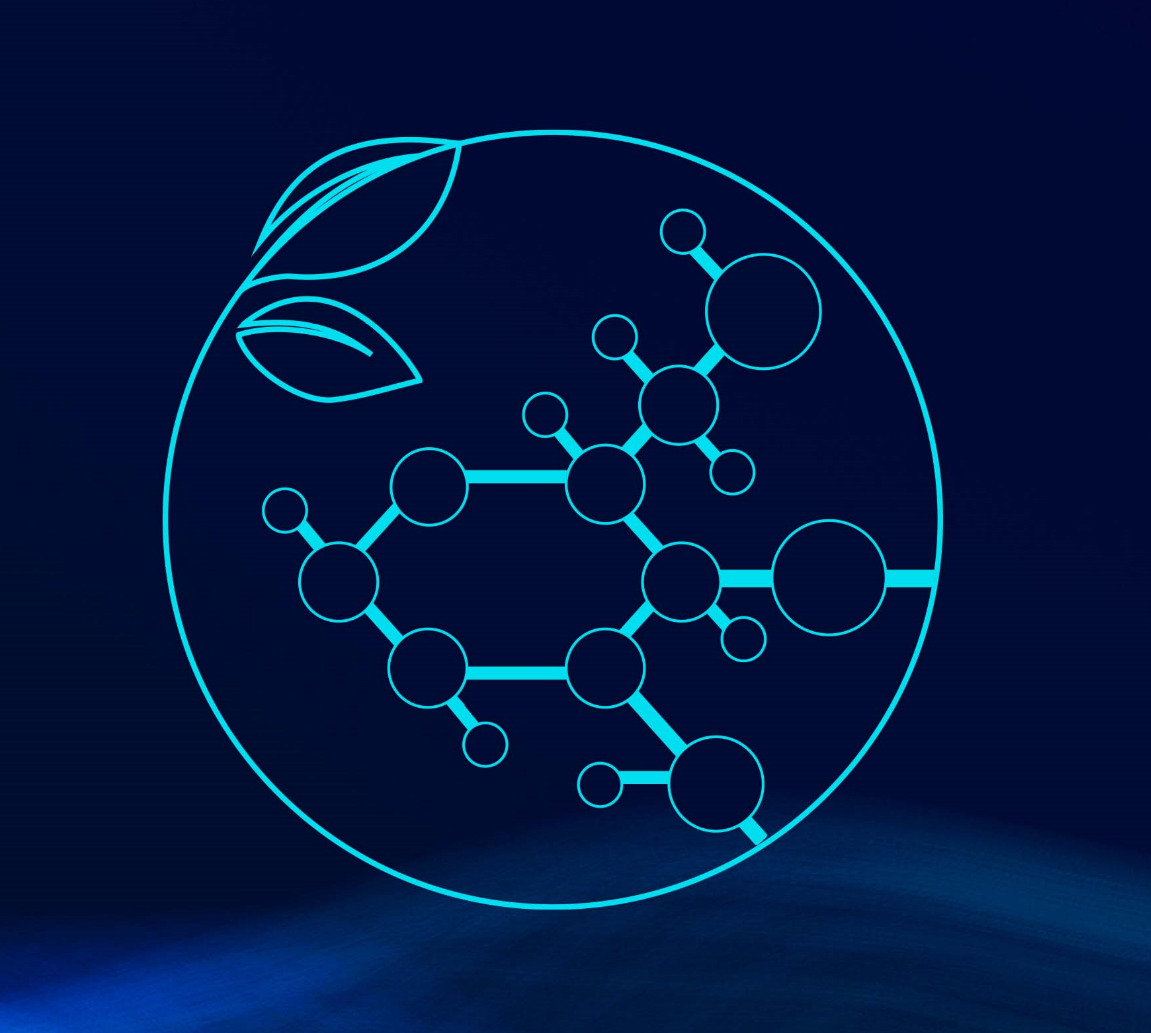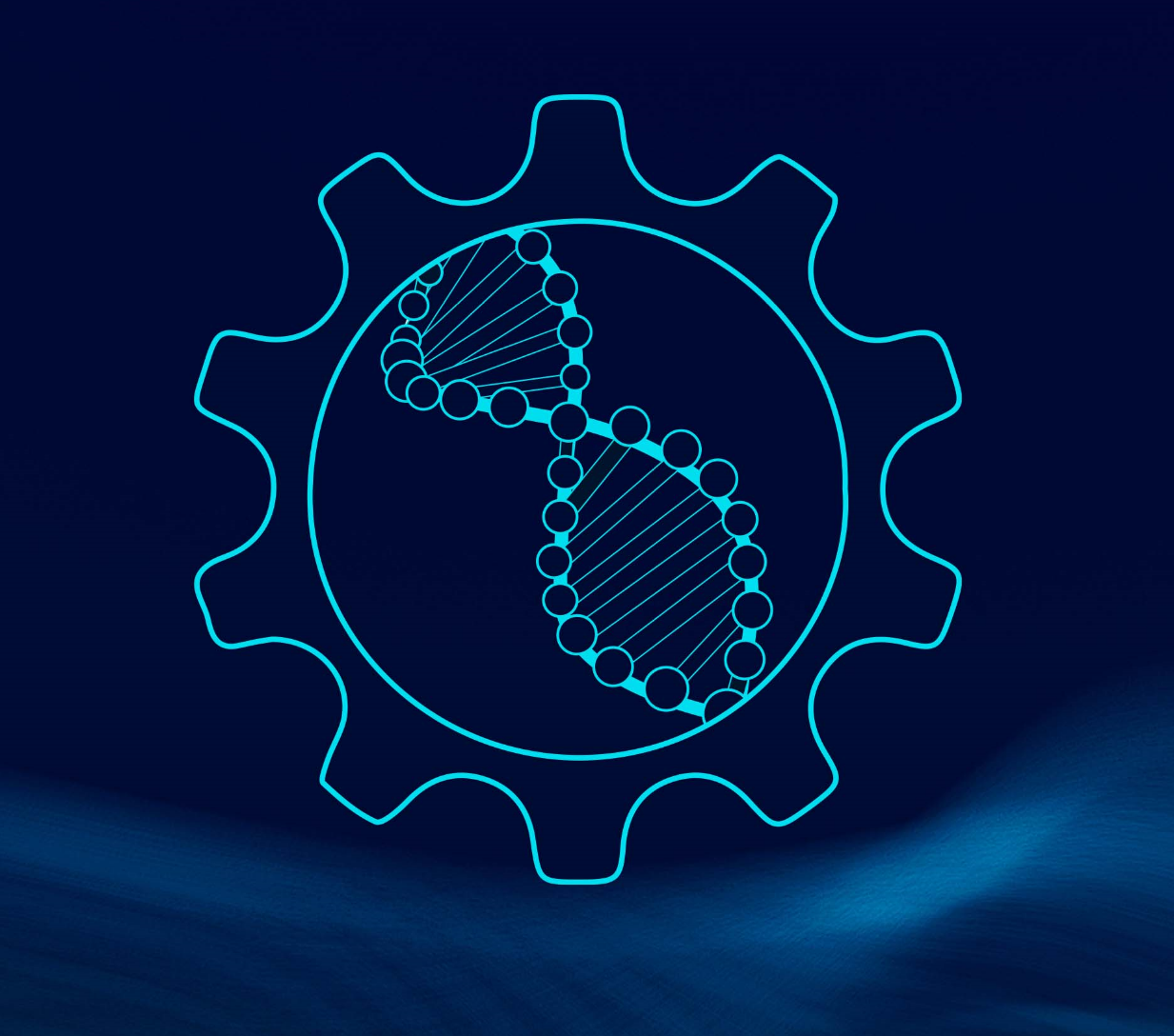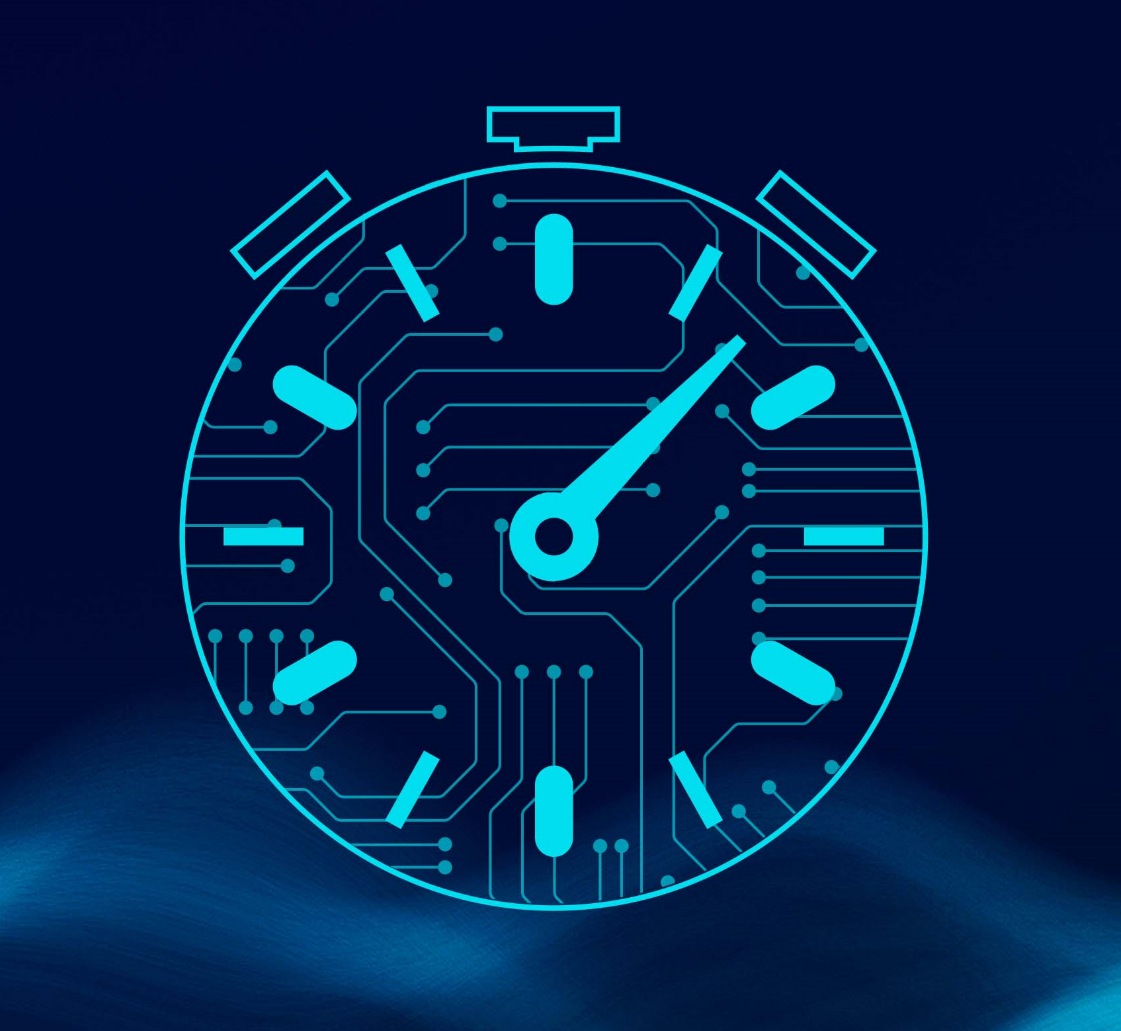A large number of functional materials made of plastics shape our everyday life today at a high technological level. In order to maintain and further develop this, important decisions need to be made and a number of issues addressed. By focusing on the topics of raw material change, bioeconomy, and resource and climate efficiency, we are making an important contribution to this in the SUBI2MA project.
| Questions about the biotransformation of plastics technology | Contribution by SUBI2MA |
| How can plastics technology contribute to defossilization? | Increasing the raw material base through renewable raw materials |
| How can bioplastics compete with fossil plastics? | Property enhancement by integration of biological compounds e.g. increased mechanical strength and switchable degradability |
| How can common plastics become more versatile and sustainable? | (Bio-)function enhancement, e.g. through robust integration of cells and complex biomolecules. |
| How can industrial processing of new classes of materials be ensured? | Development of processes at industrial level in parallel with material development |
| How can the development of new biomaterials be accelerated? | Requirements-based material design, digital twins of materials and digital mapping of processes |
| How can new materials be designed to be sustainable from the start? | LCA, biocompatibility and recycling design from the start |
 Fraunhofer Lighthouse project "SUBI2MA" - Sustainable Biobased and Biohybrid Materials
Fraunhofer Lighthouse project "SUBI2MA" - Sustainable Biobased and Biohybrid Materials


